



Lanarkshire | unknown
Robertoun is a small village in Lanarkshire beside the River Clyde. It takes its name from Robert Asa, a Fleming who was granted land around 1150. The Knights Templar are said to have held land there in the 1200s.

during the wars of independence and forfeited the land when Robert the Bruce defeated the English in 1314. Robertoun then came into the control of the powerful Douglas family, and was likely held by Sir William Douglas, Knight of Liddesdale, known as the ‘Flower of Chivalry’.
The Knight of Liddesdale was killed by his cousin William, Lord of Douglas, during a power struggle, after which several dignities including Robertoun were passed to James, Liddesdale’s nephew, who married the daughter of King Robert III. Their grandson, James, received the title Earl of Morton from King James I after marrying Joanna, the king's daughter. Their son John, 2nd Earl of Morton, was killed at the Battle of Flodden in 1513.
He was taken prisoner in during the Rough Wooing, a period of warfare with the English. In 1567, Morton became Lord Chancellor and was part of a conspiracy to murder Mary Queen of Scots’ private secretary, David Rizzio. He was pardoned for his actions and returned to Scotland. Morton was one of many nobles who disapproved of Mary’s marriage to the Earl of Bothwell and was victorious at the Battle of Langside. In 1572, he was made Regent to the young King James VI and aided in ending the civil war. The Douglas family remained prominent during the politics and warfare of the 1600s.
However, the duke died childless, and the bitter dispute between the rival claimants to succeed him continued for years after his death in 1761, and was not settled until 1769. Although the dukedom went extinct upon the duke’s death, the Marquessate of Douglas remained extant and passed through the male line to the Duke of Hamilton, while the estates were granted to Archibald, son of the late Duke’s sister.






Lanarkshire | unknown
Robertoun is a small village in Lanarkshire beside the River Clyde. It takes its name from Robert Asa, a Fleming who was granted land around 1150. The Knights Templar are said to have held land there in the 1200s.
during the wars of independence and forfeited the land when Robert the Bruce defeated the English in 1314. Robertoun then came into the control of the powerful Douglas family, and was likely held by Sir William Douglas, Knight of Liddesdale, known as the ‘Flower of Chivalry’.
The Knight of Liddesdale was killed by his cousin William, Lord of Douglas, during a power struggle, after which several dignities including Robertoun were passed to James, Liddesdale’s nephew, who married the daughter of King Robert III. Their grandson, James, received the title Earl of Morton from King James I after marrying Joanna, the king's daughter. Their son John, 2nd Earl of Morton, was killed at the Battle of Flodden in 1513.
He was taken prisoner in during the Rough Wooing, a period of warfare with the English. In 1567, Morton became Lord Chancellor and was part of a conspiracy to murder Mary Queen of Scots’ private secretary, David Rizzio. He was pardoned for his actions and returned to Scotland. Morton was one of many nobles who disapproved of Mary’s marriage to the Earl of Bothwell and was victorious at the Battle of Langside. In 1572, he was made Regent to the young King James VI and aided in ending the civil war. The Douglas family remained prominent during the politics and warfare of the 1600s.
However, the duke died childless, and the bitter dispute between the rival claimants to succeed him continued for years after his death in 1761, and was not settled until 1769. Although the dukedom went extinct upon the duke’s death, the Marquessate of Douglas remained extant and passed through the male line to the Duke of Hamilton, while the estates were granted to Archibald, son of the late Duke’s sister.
(The Macraes of Kintail were the Mackenzies' ‘shirt of mail’.) Thus the barony has, in a sense, returned to its original roots.
The Baroness of Redcastle and her heir apparent, called the Younger of Redcastle in Scottish tradition.








Contact
Forum for the Scottish Baronage, c/o Brodies LLP, Capital Square, 58 Morrison Street, Edinburgh EH3 8BP, Scotland UK
Copyright
Copyright 2022, Forum for The Scottish Baronage, as a collective work, all additional rights to content contributed and/or licensed contained herein are expressly reserved to such contributors and licensors as independently owned and protected copyrighted works.
